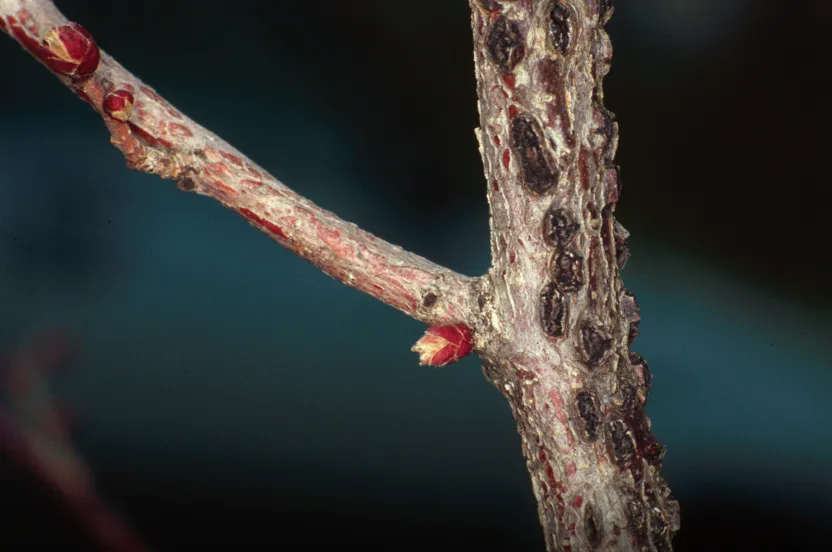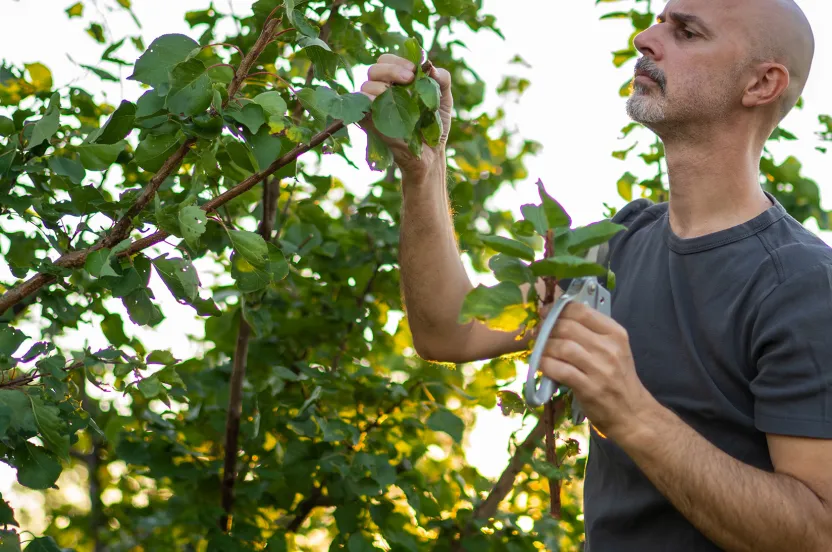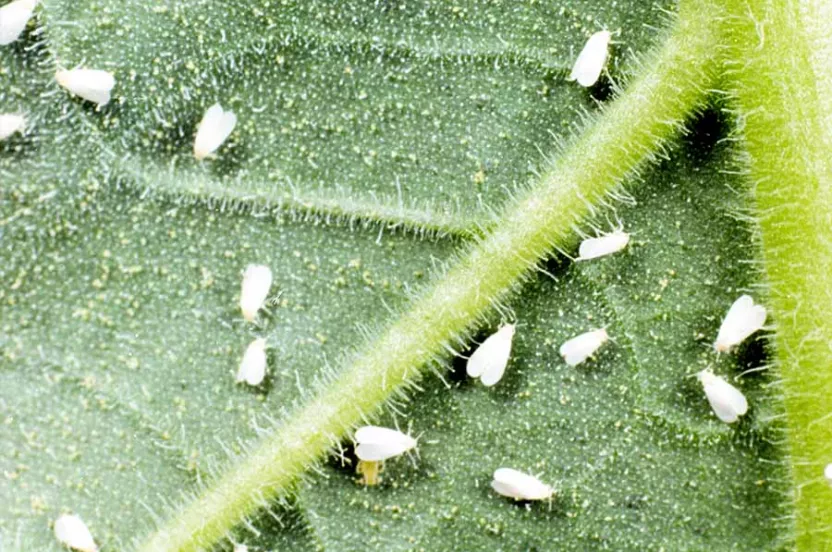Now live: The 2025 Canopy Report. Learn how Americans see trees. GET THE REPORT
Maintenance & Health
Hemlock Wooly Adelgid
The Hemlock Woolly Adelgid (HWA) is an invasive pest that has devastated eastern U.S. forests, killing thousands of hemlocks. This small, aphid-like insect feeds on hemlock needles, leading to the rapid decline and death of trees, threatening both ecosystems and landscapes.

What is the Hemlock Wooly Adelgid?
Hemlock woolly adelgid (HWA) is a devastating, invasive tree pest in the eastern United States. HWA was first introduced into Virginia from Asia in the 1950s. Over the past ten years, HWA has killed tens of thousands of hemlocks. The two predominant eastern hemlock species, eastern hemlock and Carolina hemlock, have no tolerance against the lethal effects of HWA feeding.
This small, aphid-like pest varies in color from brown to red, is oval in shape and only about 1/32 inch long. Nymphs are approximately ⅛inch in diameter and produce a white, cottony substance that covers their bodies. The presence of these white masses on a hemlock tree, especially at the base of the needles, is a sure way to identify an HWA infestation.
About the Hemlock Wooly Adelgid
Threat
What is the threat?
Hemlocks are an important component of northeastern and Appalachian forests. The eastern Hemlock alone grows on almost 19 million acres of forest in the Eastern United States and is the predominant species on 2.3 million acres.
Hemlocks are not only a vital resource for the timber industry but also highly regarded for the ornamental beauty they add to landscapes.
HWA’s feeding habits cause needles on infested branches to dry up, turn grayish-green and drop from the tree, preventing new apical buds. Dieback of major limbs can occur within two years and progresses from the bottom of the tree upward. Heavy infestations can kill trees in as little as four years.
In 2007, the Virginia Tech College of Agriculture and Life Sciences reported an estimated 50%of the eastern hemlock range had been affected. A 2009 study by the U.S. Forest Service Southern Research Station found that HWA was killing hemlocks in the southeast at an even faster rate than in the northeast.
Where is it?
The following states and districts have established HWA populations: Georgia, Tennessee, Virginia, South Carolina, North Carolina, Kentucky, West Virginia, Pennsylvania, New York, Maine, New Hampshire, Vermont, Massachusetts, Rhode Island, Connecticut, New Jersey, Delaware, Maryland and the District of Columbia.
What can you do?
To report a possible insect problem and find out about potential treatments, please contact your local extension service, certified arborist or professional nursery.
Information provided April 2015, courtesy of the Bayer Advanced Healthy Trees for Life initiative. Bayer®, the Bayer Cross® and Bayer Advanced™ are trademarks of Bayer. Photo by Michael Montgomery, USDA Forest Service, Bugwood.org.


